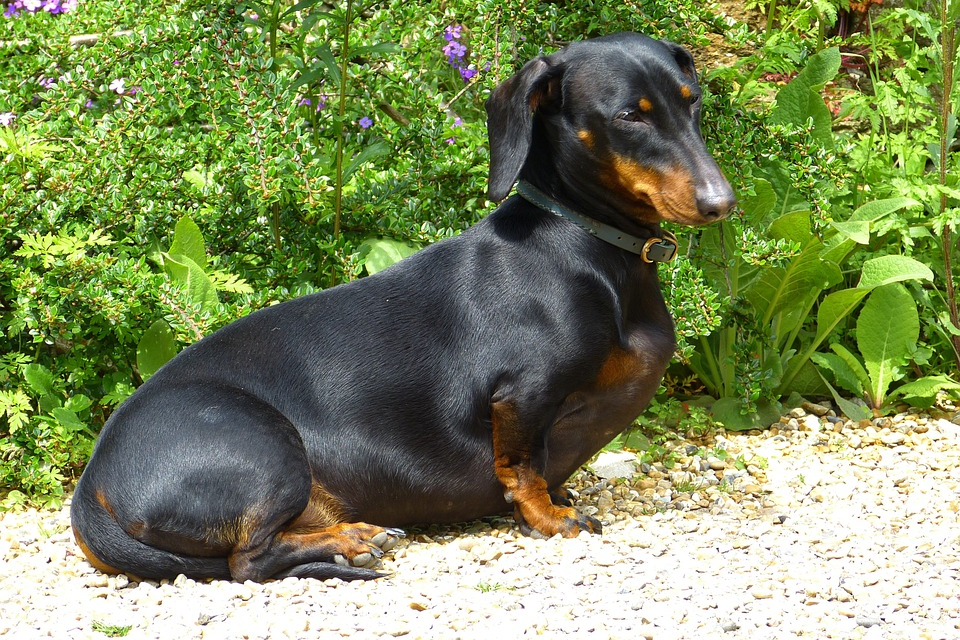Miniature Dachshunds are adorable little dogs that have captured the hearts of many people around the world. Known for their long bodies, short legs, and playful personalities, they are a popular choice for families and individuals alike. However, when it comes to breeding these dogs, there are many questions that arise, including how many litters can a Miniature Dachshund have.
In this blog post, we will explore the topic of Miniature Dachshund breeding in depth. We will discuss the background information on Miniature Dachshunds, their reproductive cycle, and factors that can affect the number of litters they can have.
Key Takeaways:
- Miniature dachshunds have a unique reproductive cycle compared to other dog breeds.
- Factors such as age, health, and previous litters can affect the number of litters a dachshund can have.
- Responsible breeding practices are crucial to ensure the health and well-being of both the dam and her puppies.
Background information on miniature dachshunds
Miniature Dachshunds are a popular breed of dog that originated in Germany over 300 years ago. They were initially bred to hunt badgers and other burrowing animals, and their small size and short legs made them perfect for this task. Today, Miniature Dachshunds are beloved pets all over the world, known for their loyal, affectionate nature and playful personalities.
One of the distinctive features of Miniature Dachshunds is their unique body shape. They have long bodies, short legs, and a broad chest, which gives them a distinctive appearance. They come in a variety of colors and patterns, including red, black and tan, chocolate and tan, and dapple.
In terms of temperament, Miniature Dachshunds are known for being independent, but also affectionate and loyal to their owners. They are also quite intelligent and can be trained to do a variety of tasks. However, because of their hunting instincts, they may be prone to chasing small animals or digging if left unattended.
Like all dog breeds, Miniature Dachshunds have some health concerns that potential owners should be aware of. These include back problems due to their long bodies, dental issues, and eye problems such as progressive retinal atrophy. It is important to work with a reputable breeder and to ensure that your Miniature Dachshund receives proper veterinary care throughout its life.
Overall, Miniature Dachshunds are a delightful breed of dog that make wonderful companions. Their unique appearance and playful nature make them a popular choice for families and individuals alike.
Reproduction in miniature dachshunds
Like all dogs, Miniature Dachshunds reach sexual maturity between six and twelve months of age. However, it is recommended that they do not breed until they are at least 18 months old, to ensure that they are physically and mentally mature enough to handle the demands of pregnancy and motherhood.
Female Miniature Dachshunds typically go into heat, or estrus, twice a year. This is the time when they are receptive to mating and can become pregnant. The estrus cycle lasts for around 21 days, and during this time, the female may show behavioral changes such as increased affection and restlessness.
Males, on the other hand, can be fertile as early as six months old, but they may not be mature enough to sire healthy puppies until they are at least a year old. During mating, the male Miniature Dachshund will mount the female and deposit sperm in her reproductive tract.
The gestation period for Miniature Dachshunds is typically around 63 days. During pregnancy, the female may show physical changes such as weight gain and enlarged nipples. It is important to provide her with a healthy diet and plenty of exercise, while also ensuring that she receives regular veterinary care.
Miniature Dachshunds can have litters of varying sizes, with the average being between three and four puppies. However, some females may have larger or smaller litters, depending on a variety of factors such as age, health, and genetics.
It is important to note that breeding Miniature Dachshunds should not be taken lightly, and should only be done by responsible breeders who prioritize the health and well-being of the dogs. Overbreeding or improper breeding practices can lead to a variety of health problems in both the mother and the puppies.
How many litters can a miniature dachshund have?
Now that we understand the reproductive process of miniature dachshunds, let’s answer the question: how many litters can a miniature dachshund have?
According to the American Kennel Club, there is no set limit to how many litters a miniature dachshund can have. However, responsible breeders typically limit the number of litters their dogs have in order to prioritize the health and well-being of their dogs.
In general, most miniature dachshunds are able to have up to two litters per year, but it’s important to note that this can vary based on a variety of factors such as the dog’s age, overall health, and breeding history. It’s also important to note that breeding a dog too frequently can increase the risk of health problems and complications during pregnancy and birth.
Furthermore, it’s important to consider the impact that breeding can have on the dog’s quality of life. Pregnancy and birth can be stressful and potentially dangerous for dogs, and raising puppies requires a significant amount of time and resources. As a result, responsible breeders prioritize the health and well-being of their dogs over their desire for profit or to produce as many litters as possible.
In addition, it’s important to consider the potential impact of overbreeding on the overall population of miniature dachshunds. Overbreeding can lead to an increase in health problems and genetic disorders and can contribute to the problem of pet overpopulation.
Ultimately, the number of litters a miniature dachshund can have should be determined on a case-by-case basis by a responsible breeder in consultation with a veterinarian. By prioritizing the health and well-being of their dogs and taking a thoughtful and responsible approach to breeding, breeders can help ensure the long-term health and sustainability of this beloved breed.
Conclusion
In conclusion, miniature dachshunds are a beloved breed of dog that have been around for centuries. They are known for their affectionate personalities and unique appearance, which has made them a popular choice for pet owners around the world. When it comes to reproduction, miniature dachshunds can have up to two litters per year, but it is important to remember that breeding should be done responsibly and with the dog’s health in mind. While some breeders may prioritize quantity over quality, it is crucial to consider the well-being of the mother and her puppies before making any decisions.
If you are considering breeding your miniature dachshund, it is important to educate yourself on the process and seek guidance from reputable sources. There are many resources available to help you make informed decisions and ensure that your dog’s health and happiness are the top priority. Ultimately, with proper care and attention, miniature dachshunds can be wonderful companions and bring joy to their owners for many years to come.

